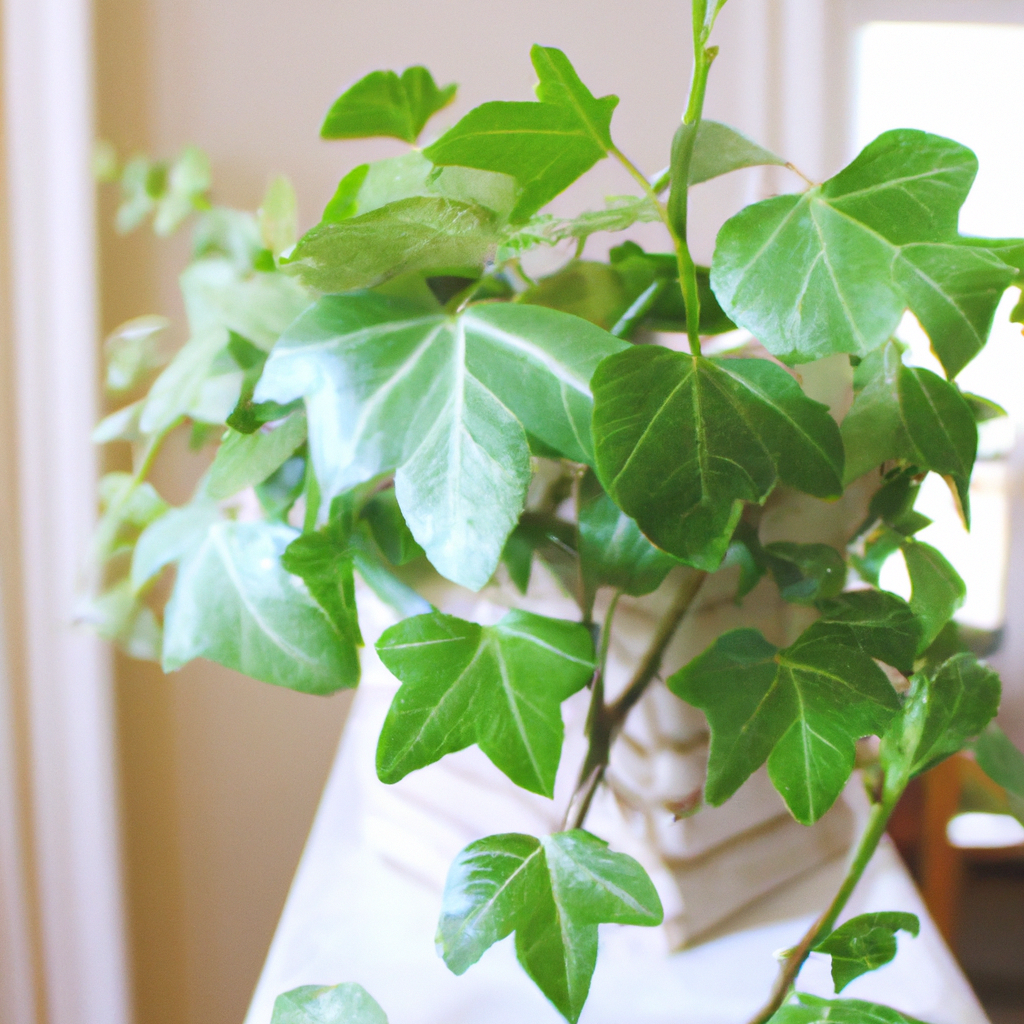The Pros and Cons of Growing an English Ivy Houseplant
English ivy plants often come with a romantic aura, thanks to their lush green leaves that look like something from an old-fashioned painting. Chances are, you’ve seen it crawling up walls, spilling onto window sills, and even spilling over the edges of hanging baskets. But, before you get too enamored with the idea of having one of these beloved houseplants, there are a few things to consider first.
Understanding the Plant’s Needs
The good news is that English ivy is fairly low maintenance. It doesn’t require a lot of fussing, which makes it a great choice for busy people. It’s also fairly hardy, so it can survive in a wide range of temperatures, from 50 to 80 degrees F. The key is to keep the plant out of direct sunlight, as it will burn the leaves and cause them to become dry and brittle. It should also be kept moist, but it doesn’t need a lot of water – about once or twice a week – and it can tolerate occasional periods of drought.
The Dangers of Overwatering
Too much water can be just as harmful as too little, as English ivy cannot tolerate standing water. If you live in a humid climate, it’s best to provide the plant with a pot that has good drainage holes, or use a terra cotta pot instead of plastic one. If you water your English ivy too much, you can also end up encouraging root rot, which will kill the plant over time.
Caring for the Leaves
English ivy plants need to be regularly groomed to keep their leaves healthy. As the plant matures, you’ll need to trim away the older leaves and any dead ones. This will help with air circulation and help to keep pests at bay. It’s also important to make sure that the leaves are clean, as dust and dirt can make them look dull and unhealthy. You can give them a gentle spray every now and then with a mild soapy solution to keep them looking their best.
The Benefits of Growing English Ivy
Despite its downsides, English ivy is still a popular houseplant because it takes up very little space and can be trained to climb up walls or draped along shelves and mantles. The plant helps to purify the air, trapping pollutants and reducing the amount of dust in the home. It’s also known for having an air purifying quality which can help remove harmful gases like formaldehyde from the air.
Are You Ready for An English Ivy Plant?
Caring for an English ivy houseplant may take a bit of effort at times, but it can bring hours of pleasure in return. With just a little bit of knowledge and care, you can have a thriving plant in your home for many years. If you want some extra help on how to care for your English ivy plant, be sure to check out How to Care for a Snake Plant. You’ll find all the information you need to make sure your houseplant thrives!
